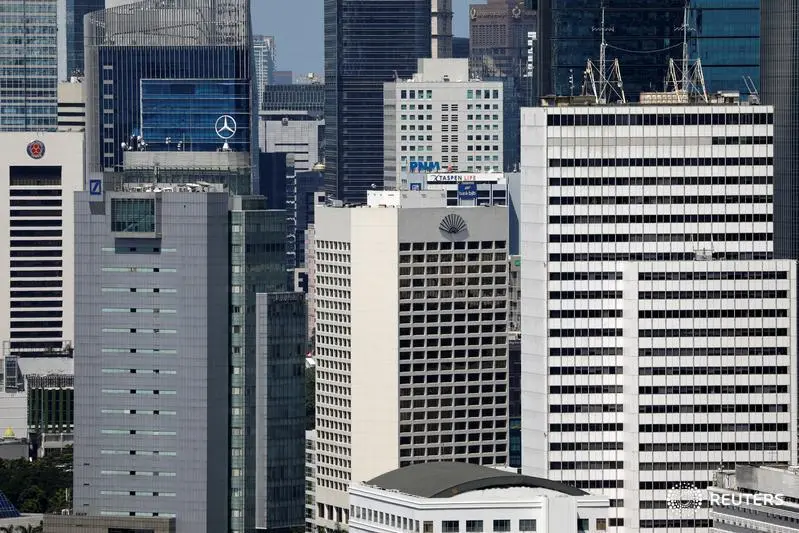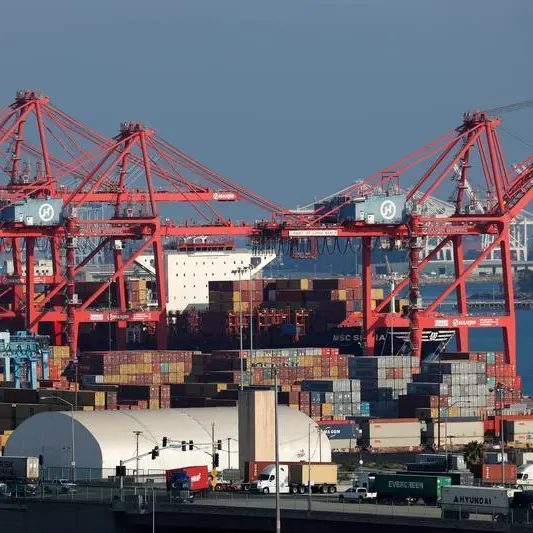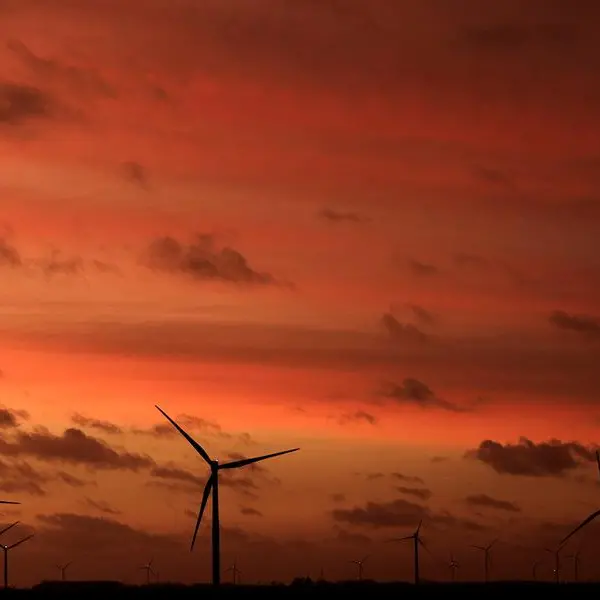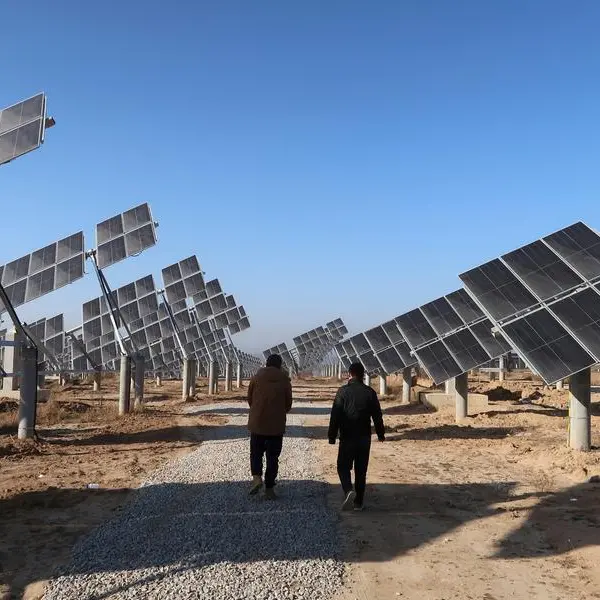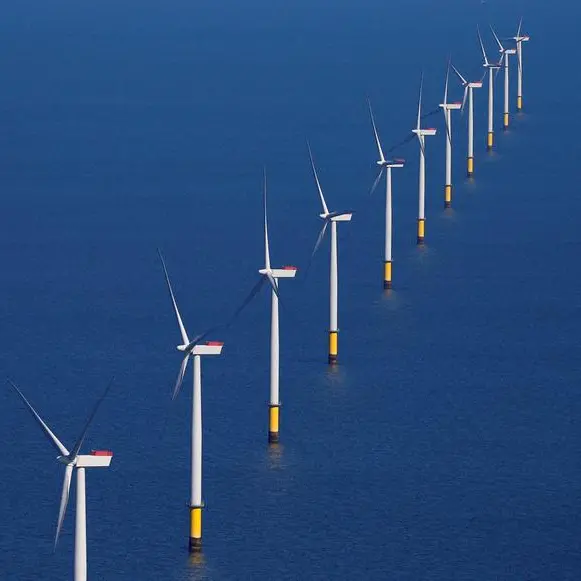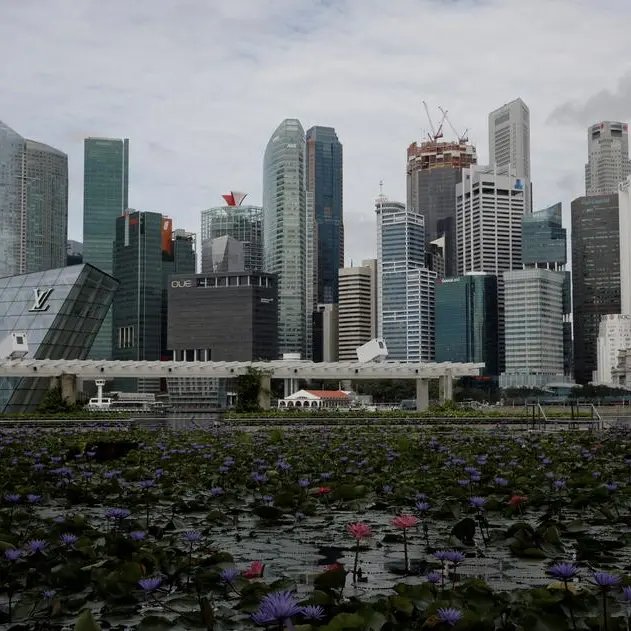PHOTO
PURWOREJO, Indonesia - Keen to store more irrigation water to shore up food security and protect itself from longer climate change-fuelled droughts and extreme rainfall, Indonesia has embarked on a dam-building project that aims see 57 new dams in place by 2024.
But for those in their path, the work has not always brought greater security.
In Indonesia's Central Java province, ongoing work on the 690-hectare (1,700-acre) Bener Dam has destroyed farmer Gunawan's small durian fruit plot, robbing him of his income.
The 33-year-old said his land in Purworejo district was bulldozed to make way for the dam despite not being earmarked for demolition when the government published its plans for the project.
The 2 trillion rupiah ($132 million) dam is set to be finished in 2024.
"I'm sad and also ... angry," Gunawan - who like many Indonesians goes by one name - said in the village of Guntur, adding that he used to make 20 million rupiah ($1,318) a year selling his durian harvest.
Now, he said, he has had little choice but to take on occasional work as a truck driver to make ends meet
"What can we do against the government?" asked Gunawan, one of thousands of small-scale farmers and other people in the area who say they have been uprooted by the dam project.
Facing worsening water security concerns, Indonesia is building more water retention dams, which it says are needed to supply irrigation, reduce the risk of flooding and provide a source of low-carbon hydroelectric power.
But dam building - as with the Bener Dam - is causing its own new challenges, from upending the lives of local people to new losses of forests and agricultural land, according to residents and campaigners.
Deforestation, in particular, can interfere with rainfall patterns and affect the ability of land to hold water, said Ully Artha Siagian, a forest and climate change campaign manager at the Indonesian Forum for the Environment (WALHI), a non-profit group.
The Bener dam "will actually add to the burden of the threat of a clean water crisis in the future," she said. "So, converting forest areas into dams does not answer the problem."
In response to concerns by campaigners, Dwi Purwantoro, an official at the Ministry of Public Works and Housing (PUPR), said by phone that dam building was important not only for boosting water security but also for better controlling floods.
COMPETING NEEDS
As climate change impacts strengthen, countries including Indonesia are attempting to be proactive in adapting to coming changes and looking for ways to curb climate-changing emissions, such as by installing renewable energy.
But many of the potential adaptations and emissions-cutting efforts put new pressure on limited land, with competing priorities such as protecting nature, boosting food security, mining minerals needed for the green transition and protecting land rights pitted against each other.
In some cases, the choices made threaten to lead to social unrest, especially if communities find themselves uprooted without consent or adequate compensation. They also raise crucial questions about how to strike a balance among competing "good" uses for land.
Indonesia in 2021 published a climate resilience development policy that outlined four priority areas for action as climate change worsens: agriculture, seas and coasts, health and water.
In the country's regions of Bali, Java and Nusa Tenggara, areas facing water scarcity are predicted to rise from 6% in 2000 to 9.6% in 2045, according to a 2019 study by Indonesia's National Development Planning Agency.
Eko Cahyono, a researcher for the Sajogyo Institute, which studies agrarian issues and the environment, said he understood why Indonesia's government wanted to improve water security, but said that should not come at the cost of people's livelihoods and rights.
"If this (Bener Dam project) is indeed part of climate change mitigation and adaptation (efforts), how can the government ensure social, economic and ecological justice, so that there are no more violations of people's rights?" he asked.
LAND LOSSES
According to a government land procurement plan and project map published in 2019, the Bener Dam would affect plots of land belonging to at least 3,480 people, covering a total of 600 hectares.
In addition, a quarry being built in the area to mine stone for the dam would impact the garden plots of 617 people and an area of 114 hectares, the document noted.
Some residents like Gunawan say their land was also destroyed despite not having been earmarked in the planning documents. They are now demanding compensation as a result.
Purwantoro, the public works official, said that "regarding several residents' land (being) outside the project map ... now we are proposing changes to the map so it will be expanded".
Construction of the Bener Dam was temporarily halted in August 2022 following local protests, according to state-owned construction firm PT Waskita Karya, which is working on the project.
"We still hope that there will be the best solution for the residents," said company spokesperson Setyawan Nugroho, adding that discussions on compensation were ongoing.
The government has offered compensation ranging from about 60,000 rupiah ($4) to 215,000 rupiah ($14) per metre of land depending on area in question. Several residents said in interviews that they had refused to accept the terms.
Ully of WALHI said the project had led to "social conflict" in Purworejo because many people had lost their sources of food and lost green areas that had been in their families for generations.
There have been clashes between residents and police and soldiers doing land surveying, and authorities are seeking six suspects accused of vandalising a dam project office.
The Bener Dam is a national strategic project (NSP), making it a government priority, but critics say declaration of an NSP can result in land being seized or destroyed in the name of development and the public interest.
Dewi Kartika, secretary-general of the Consortium for Agrarian Reform (KPA), urged the government to review its development policy, saying it "has sparked agrarian conflicts in many places".
Last year, 212 such conflicts were recorded by KPA - up from 207 in 2021. They took place in 459 villages, affecting at least 346,00 people, she said.
OUTLOOK FOR DAMS
The Indonesian government has cited building dams as a major solution to the country's water security worries but hydrology experts have concerns about its approach.
Gunawan Wibisono, a lecturer at Merdeka Malang University, said Indonesia's dam projects will result in forest losses and their effectiveness in improving water security could be limited as sediment carried downstream fills them and by a lack of focus on recharging groundwater in their design.
None of Indonesia's planned dam projects are intended to help boost groundwater reserves, according to Heru Hendrayana, a hydrologist at Gadjah Mada University (UGM).
"The problem is ... most (dams) are mostly for the function of collecting, not absorbing, water," he said.
In the village of Guntur, residents such as Gunawan and Miftakhul Hafid are determined to keep protesting against the Bener Dam - a project they feel is bringing them more problems than benefits.
"The government must ensure ... that residents' rights are fulfilled," said 28-year-old Hafid, a community leader.
(Reporting by Asad Asnawi; Editing by Kieran Guilbert and Laurie Goering. The Thomson Reuters Foundation is the charitable arm of Thomson Reuters. Visit https://www.context.news/)
